| Version | Control: Update | Initials | Control: Approval | Initials |
| Issued on: 31 Mar 2024 Version No: 2.0 |
Suhana Sunreh, Programme Manager |
SS | Dr Goh Moh Heng, President | GMH |
![[SOP] Program Admin](https://no-cache.hubspot.com/cta/default/3893111/2f9f3012-a738-455d-b00c-c0523fada432.png) The following are Standard Operating Procedures (SOP) for Program Admin activities involving course coordination for WSQ courses offered by BCM Institute.
The following are Standard Operating Procedures (SOP) for Program Admin activities involving course coordination for WSQ courses offered by BCM Institute.
Synchronous E-Learning |
|
PurposeThis SOP outlines the standardised process for conducting synchronous e-learning courses at BCM Institute. It ensures high-quality training delivery, compliance with regulatory requirements, and a consistent learner experience across all virtual sessions. ScopeThis SOP applies to all instructors, course coordinators, and administrative staff involved in the planning, delivery, and evaluation of synchronous e-learning courses conducted by BCM Institute. Definitions
Platform Requirements
[Before] Pre-Session ActivitiesTrainer Preparation
Participant Communication
Administrative Tasks
[During] Conducting the SessionAttendance
Engagement
Delivery
[After] Post-Session ActivitiesEvaluation
Quality Assurance
|



